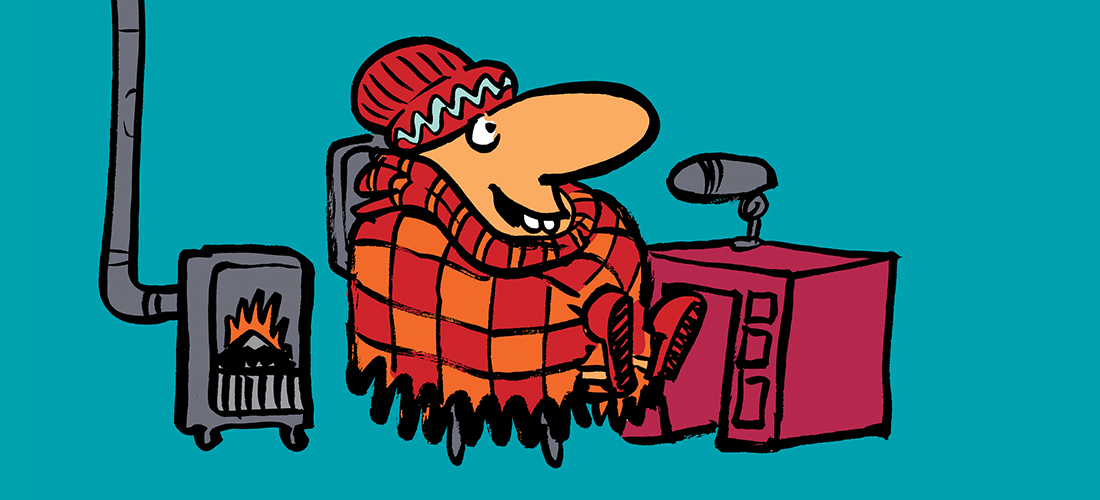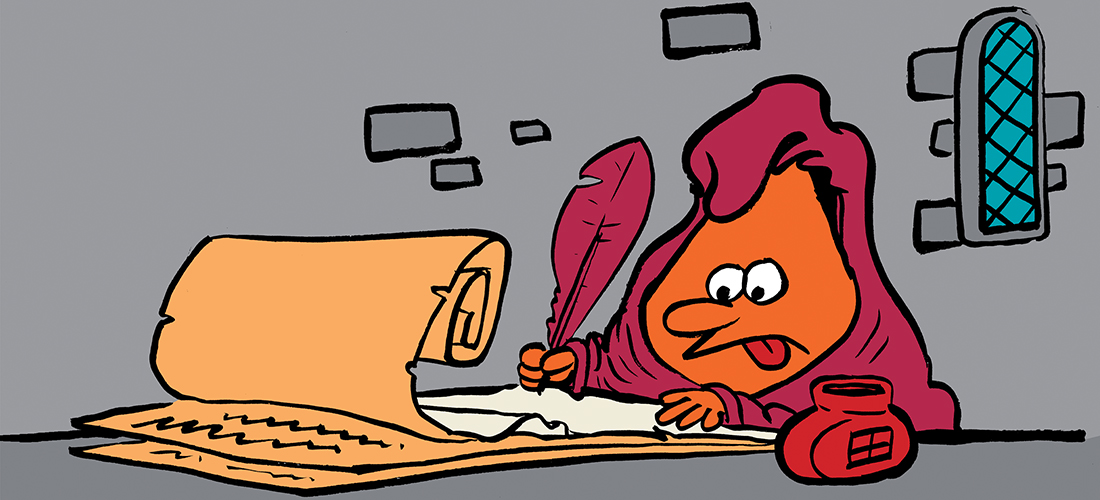Microsoft has announced the release of Update Rollup 3 for both Exchange Server 2010 SP1 and Exchange Server 2007 SP3.
For Exchange Server 2010 SP1 this update resolves a key issue that customers have dealt with since the release of Exchange 2010, that being support for UDP notifications for Outlook 2003 clients. These problems are explained in KB2009942:
When you access a Microsoft Exchange Server 2010 mailbox by using Microsoft Office Outlook 2003 in online mode, you may encounter the following issues:
- Outgoing email messages stay in the Outbox folder for up to 1 minute.
- New email messages do not arrive in the Inbox folder immediately and are delayed for up to 1 minute.
- Items that are deleted from folders still appear in the folder for up to 1 minute.
- Items that are moved from one folder to another folder still appear in the original folder for up to 1 minute.
The folder updates do not occur in a timely manner.
These issues occur because Exchange Server 2010 does not send User Datagram Protocol (UDP) notifications to Outlook.
Outlook 2003 uses UDP notifications as the primary method for receiving notifications from an Exchange server. However, Outlook 2003 has to polls the Exchange Server 2010 server for changes, and the default polling interval for Outlook is about 60 seconds. Therefore, a folder update may be delayed up to 1 minute.
After you install this update, you have to create the following registry subkey to enable the UDP notifications support feature:
Subkey location: HKEY_LOCAL_MACHINESYSTEMCurrentControlSetServicesMSExchangeRPCParametersSystem
Subkey name: EnablePushNotifications
Type: REG_DWORD
Value: 1
The recommended order of update for your Exchange servers is:
- Internet-facing Client Access servers
- Other Client Access servers
- Hub Transport servers
- Mailbox servers
- Edge Transport and Unified Messaging servers
For updating Exchange 2010 Client Access arrays use these steps:
For updating Exchange 2010 Database Availability Group members use these steps:
The update rollups can be downloaded from Microsoft:



Pingback: Microsoft Re-Releases Exchange 2010 SP1 Update Rollup 3